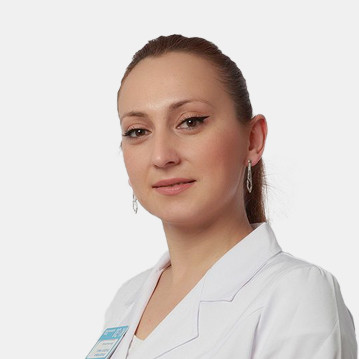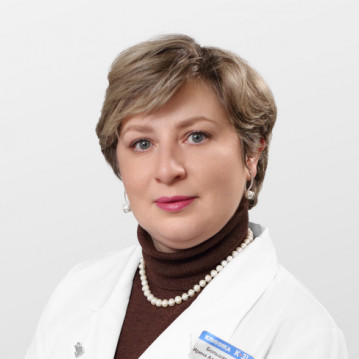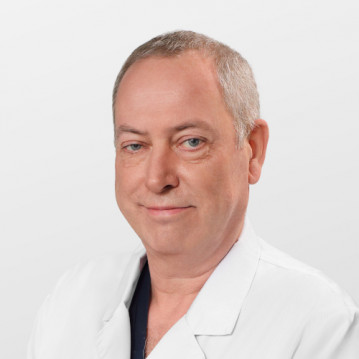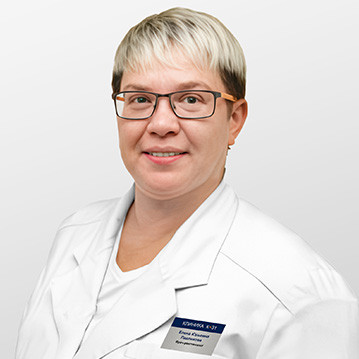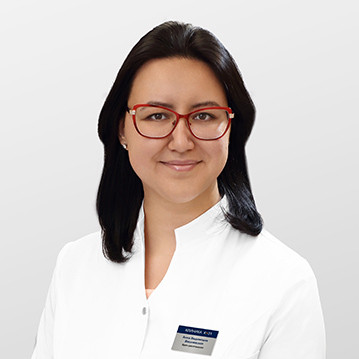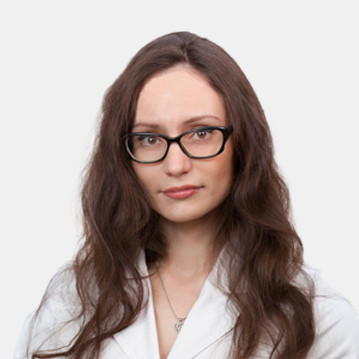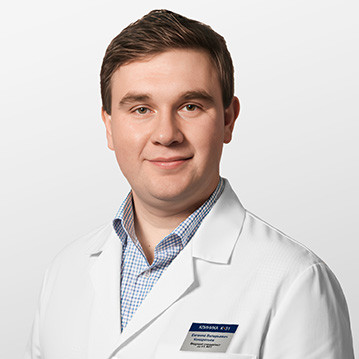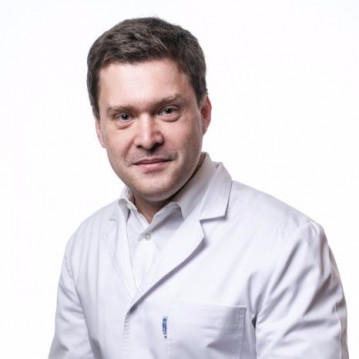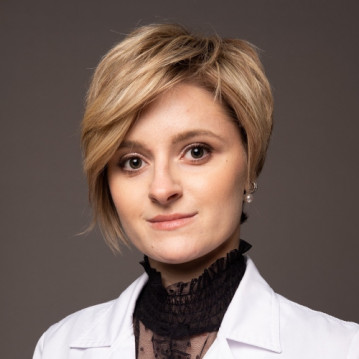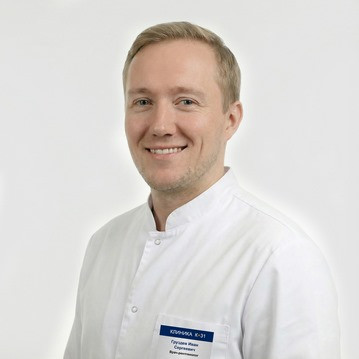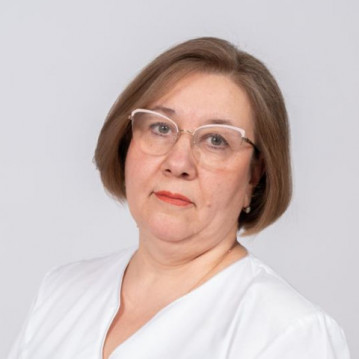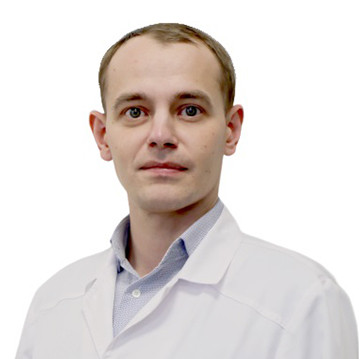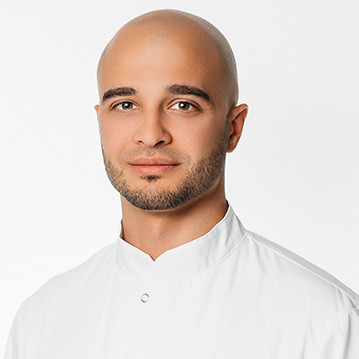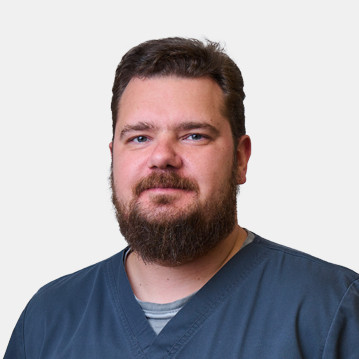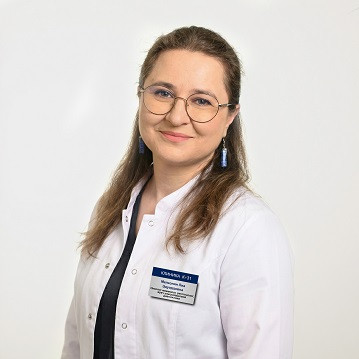Magnetic resonance imaging is the most informative and accurate method for diagnosing the pituitary gland (pituitary gland). Previously, this area was evaluated solely on the basis of indicators of the level of hormones in the blood, since other methods (computed tomography, x-ray studies) did not provide sufficiently accurate information. Thanks to the development of modern medicine technologies, a new method of studying this area has appeared - magnetic resonance imaging.
MRI of the Turkish saddle - what is it? A modern and safe diagnostic method for structural pathologies in the pituitary gland, which is successfully used in endocrinology.
Turkish saddle in the brain: what is it?
The Turkish saddle is a small depression in the sphenoid bone at the center of the base of the skull. It contains the pituitary fossa (the location of the pituitary gland), and next to it are other important parts of the brain. The sella turcica diaphragm in the human skull is a bony plate that protects the pituitary gland from mechanical damage, such as shock and concussion. It also serves as a natural boundary between the pituitary gland and the subarachnoid space filled with cerebrospinal fluid.
It is in the Turkish saddle that one of the most important glands is located - the pituitary gland. This central organ of the endocrine system is a cerebral appendage in the lower surface of the brain. The pituitary gland is responsible for the production of hormones that ensure human growth, metabolism and reproductive functions.
Due to the way the Turkish saddle is located, doctors for a long time could not conduct a qualitative diagnosis of this area. With the help of MRI diagnostics, it was possible to solve this problem and, if necessary, thoroughly examine the Turkish saddle in the human head.
MRI of the Turkish saddle: what is it
Magnetic resonance imaging is indispensable for the preventive and therapeutic diagnosis of the brain. During the study, specialists take a large number of layered images. Sections are made every few millimeters, thanks to which even minimal changes in the structures of the studied area can be tracked.
What does the doctor get after the study:
- Information about the size and shape of the Turkish saddle.
- Percentage of the area filled with the pituitary gland, data on the placement of the organ (displacement level, reduced relative to the norm, etc.).
- Characteristics of the pituitary gland: size, structure, symmetry of the lobes, the presence of neoplasms.
- Signs of pathological processes, such as tumors, edema, necrosis, local reductions in blood flow, intracranial hypertension, hemorrhages.
- Status of the optic nerves.
- Information about the condition and characteristics of the carotid arteries: the size of their lumen, wall density, hemodynamic parameters, etc.
The data obtained make it possible to detect pathologies and disease processes in the pituitary gland and nearby structures, make a preliminary diagnosis. Based on it, the attending physician will be able to prescribe the optimal treatment.
The most common pathologies in this area are pituitary tumors (both benign and malignant), as well as empty sella syndrome.
Empty Turkish saddle: MRI is the most effective method for diagnosing the disease
During the development of pathology, the Turkish saddle in the skull is filled with cerebrospinal fluid. This eventually leads to an increase in pressure, due to which the formation of the sphenoid bone of the human skull in the body increases, and the pituitary gland decreases in size.
Empty sella turcica looks like the absence of the pituitary on MRI.
Pathology can be provoked by various reasons:
- Congenital or acquired anomaly of the pituitary gland.
- Weakening of the dura mater.
- Tumors in closely spaced structures.
- Removal of the pituitary gland as a result of surgery or radiation therapy.
Currently, MRI of the Turkish saddle is the only effective way to identify pathology and its causes at any stage of development.
Indications for examination
The endocrinologist directs the patient for diagnosis if:
- Deviations from the normal production of hormones (both upward and downward compared to the reference values).
- Headaches, jumps in intracranial and arterial pressure, causeless increases in body temperature, fainting.
- Vision problems.
- Suspicion of neoplasms in the pituitary gland and nearby structures.
To obtain clear images, the doctor may recommend that the patient undergo an MRI with contrast. In this case, a special drug is injected intravenously with a contrast agent that stains certain types of tissues. The contrast is safe for health and is completely eliminated from the body within a day.



